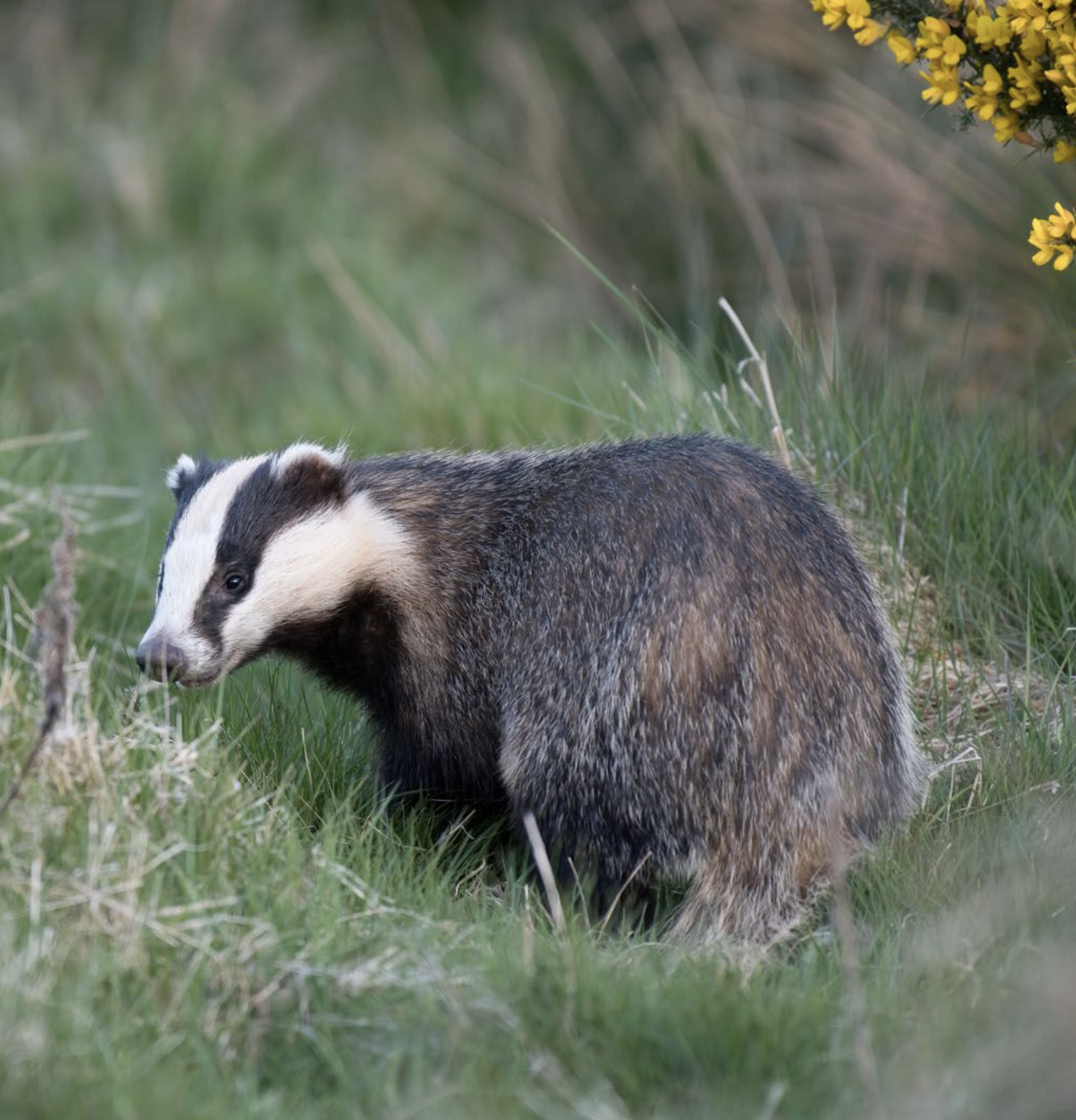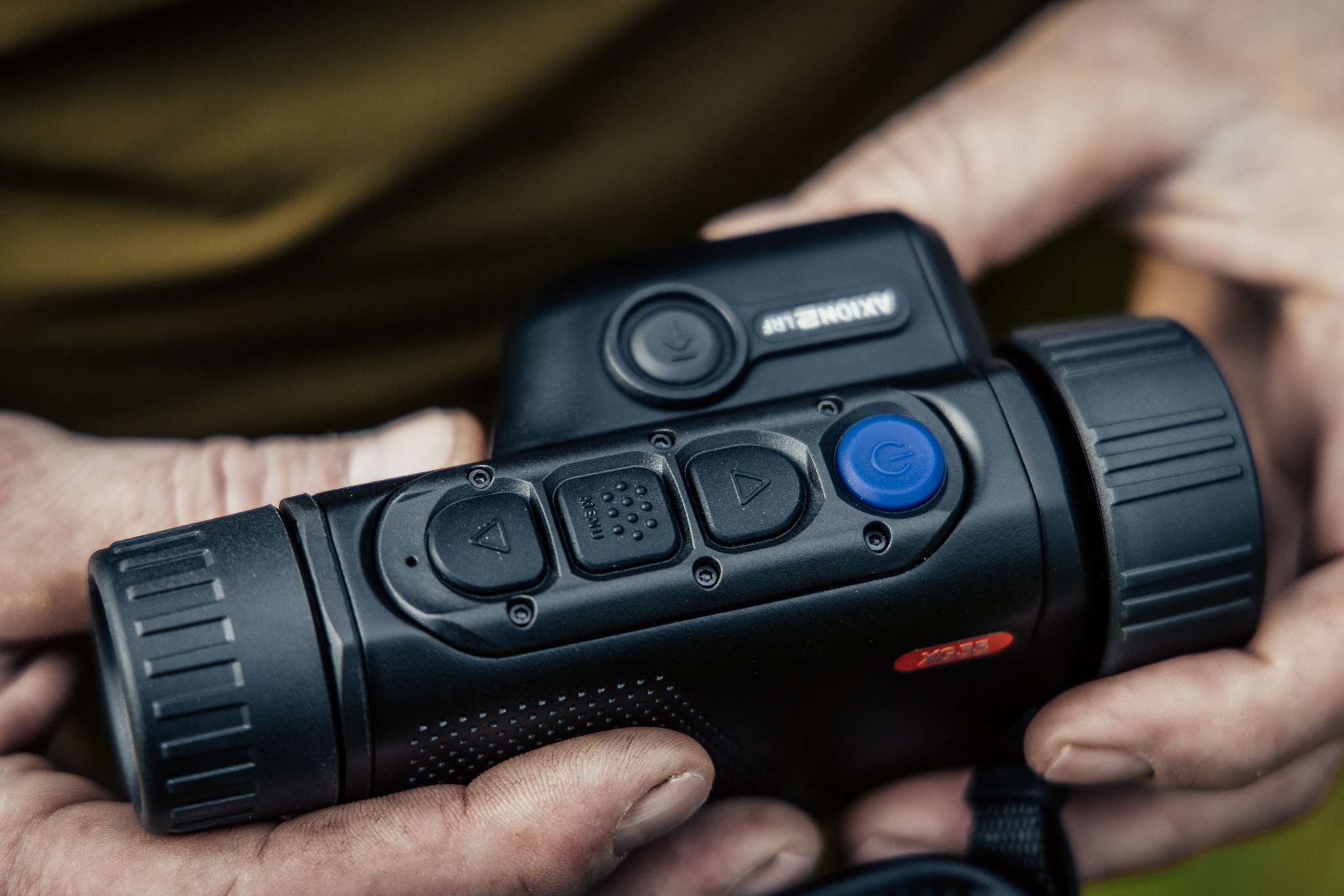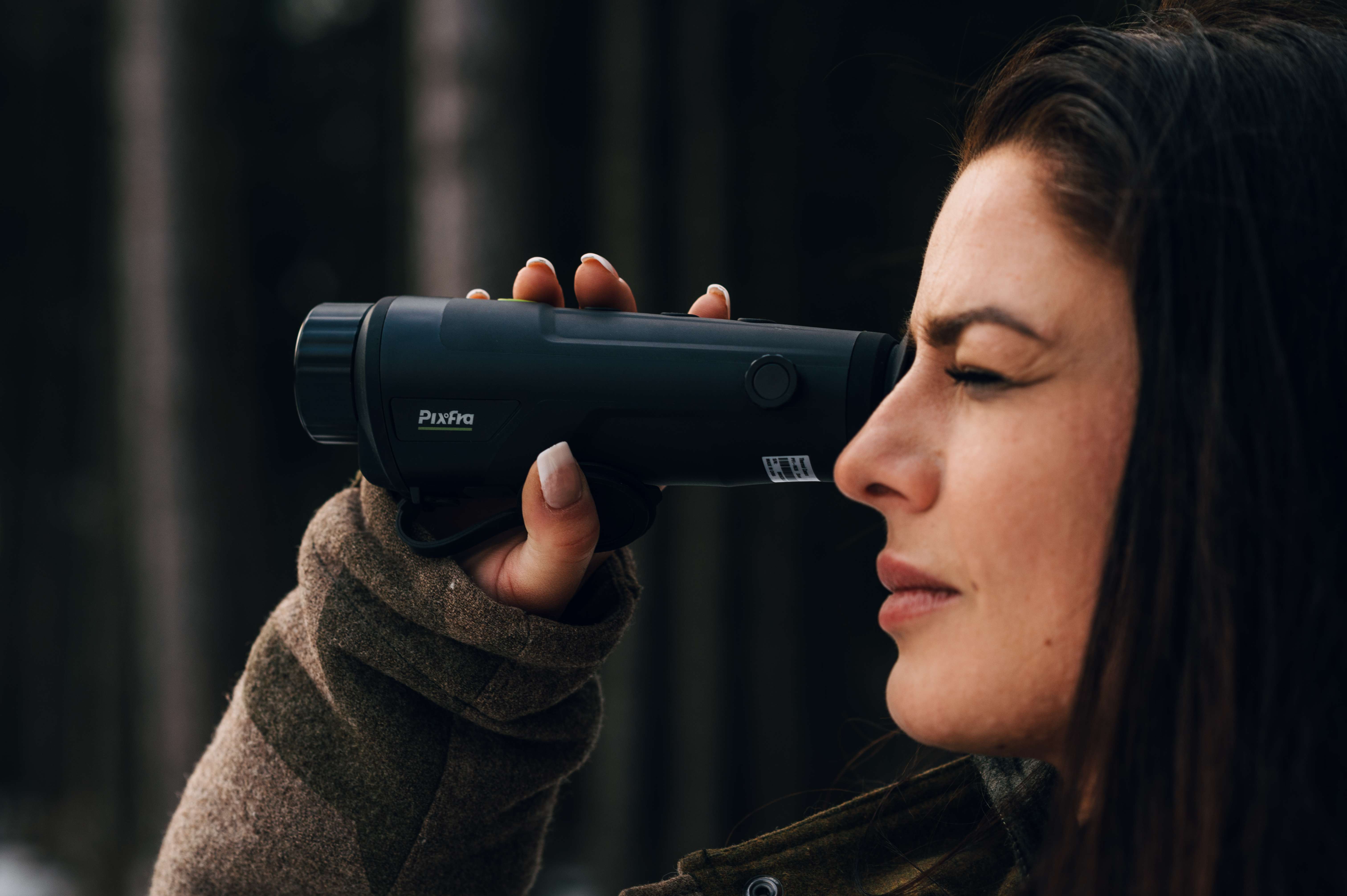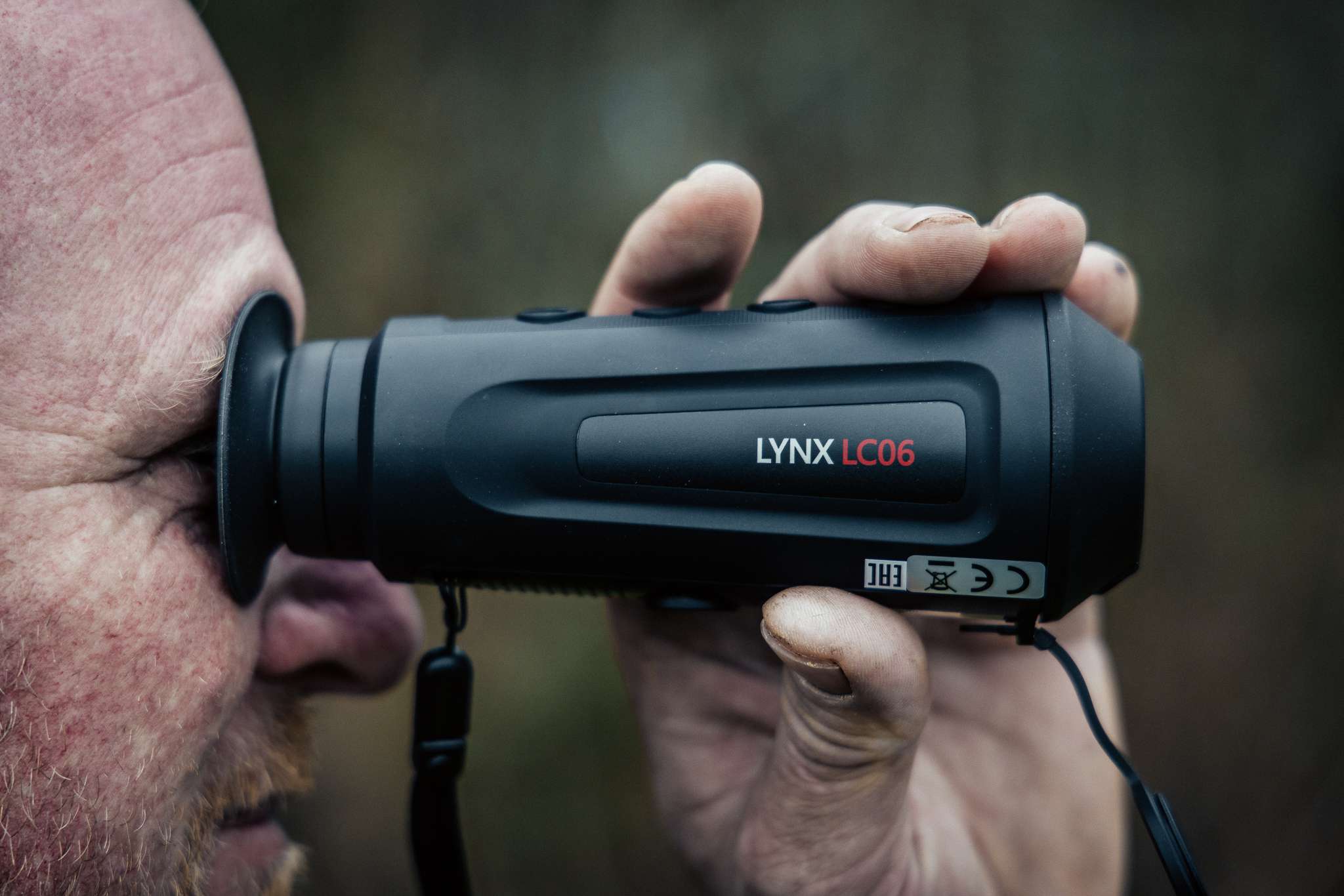Wildlife watching at dawn or dusk is a magical experience. Known as crepuscular wildlife, many species are most active during these twilight hours. Owls begin hunting; a fox lopes after something small in the grass; a young deer explores a woodland clearing; badgers begin to stir from their sett. However, the low-light conditions make it difficult to spot and identify wildlife clearly, even with binoculars. Knowing that rare or elusive species are likely nearby, hidden in the shadows, can be frustrating.
Modern technology offers a solution: thermal imaging. This technology is now common enough to be affordable even to the amateur wildlife enthusiast. Thermal imagers detect heat, revealing hidden birds and mammals even in the darkest conditions. Imagine seeing the movements of a hare just before the first light of dawn, or an owl hunting in complete darkness. For birdwatchers and wildlife observers, thermal imagers can be a game-changer.
View handheld thermal imagers.
Thermal imagers detect infrared heat energy and convert the reading into a visual image. If a warm body is present, whether animal or engine, it will show up on the imager in shades of grey and white. The brighter areas of the image are the hotter parts of the object.
With today’s thermal imaging equipment, users can see birds, deer and other wildlife in detail. Although colours and markings may not be visible, you will be able to see the shape of the eyes, individual feathers or hairs, movements and behaviour and more.
At dawn or in evening twilight, many active creatures stay close to the shadows to blend in. Using thermal imagers means the animals’ body heat creates a clear contrast against their cooler surroundings. This makes them easier to spot, even at a distance.
Pro Tip: For the best results, pair your thermal imager with binoculars. This allows you to detect animals using thermal imaging, scanning a large area for heat signatures, before zooming in for a closer look with traditional optics.

British bird life has a huge range of activity at dawn and dusk, and not every thermal is suited to ornithology. The following thermal imagers support the distance and detail required for birdwatching.

Pros: Excellent range and high resolution, ideal for spotting birds from a distance.
Cons: Higher price point, may be more than necessary for casual users.
Best For: Birdwatchers who need a powerful thermal imager for long-range spotting, particularly in open areas like wetlands or grasslands.

Pros: High-resolution display and can connect up to 4 smart devices at a range of 40m.
Cons: Heavier body, slightly less detailed images
Best For: Using to locate wildlife in low light and observe behaviours, alongside binoculars for a closer look.

Pros: Excellent sensor for a low price; lightweight and pocket-sized
Cons: Batteries and SD cards sold separately
Best For: Amateur observers and short-range detection.
| HikMicro Lynx LC06 | Pixfra Mile 2 M419 | Pulsar Axion 2 LRF XQ35 PRO | |
| Price | £369.99 | £869.95 | £1,929.95 |
| Thermal Sensor Resolution | 160x120 | 384x288 | 384x288 |
| Thermal Sensor Pitch | 17 micron | 12 micron | 17micron |
| Lens | F1.1 6.2mm | F1.0 19mm | F1.0 35mm |
| Weight | 250g | 760g | 470g |
| Detection Range | 182m | 1000m | 1300m |
| Display Type | LCOS | OLED | AMOLED |
| Display Resolution | 720x540 | 800x600 | 640x400 |
| NETD (thermal sensitivity) | <35mK | <25mK | <25mK |
| WiFi Capable? | Yes | Yes | Yes |
| Recording? | Yes | Yes | Yes |
| Battery included? | No | Yes | Yes |
Here are some practical tips to make the most of thermal imagers during birdwatching and wildlife observation sessions.
Users view the images these monoculars produce through an eyepiece on a small, internal display screen. The brightness may lead to difficulty adjusting to the low light levels when you view optically for up to 60 seconds. We recommend only using one eye for thermal to preserve night vision in the other eye.
While the wildlife may be difficult for you to see, their eyes are more sensitive than yours. Animals and birds that come out at dawn and dusk tend to avoid humans and have sensitive vision, so remain at a safe distance and try to keep still. If you can use a hide, do so. This way you will be able to watch for longer periods.
Thermal imagers have multiple settings to suit various conditions, such as temperature and humidity. You may be able to adjust the colour spectrum to view heat signatures in red or bright isotherms rather than black and white. Play around with your imager to find the best fit for you and your location.
Thermal technology can support twilight observations by showing immediately where to see warm-blooded wildlife. Whether roosting, foraging or hunting, animals that show up around dawn and dusk are incredibly interesting in their behaviours. Imagers can make sure your time isn’t wasted searching before you can begin watching and getting to know your subject.

WildlifeCam Ltd is a credit broker, not a lender, and is authorised and regulated by the Financial Conduct Authority No 997540
We do not charge for credit broking services, we introduce you exclusively to Klarna
Shop and pay the Klarna way - join 150 million customers and choose flexible payments, lightning-fast checkout and secure shopping at WildlifeCam Ltd.
For more information please click here.